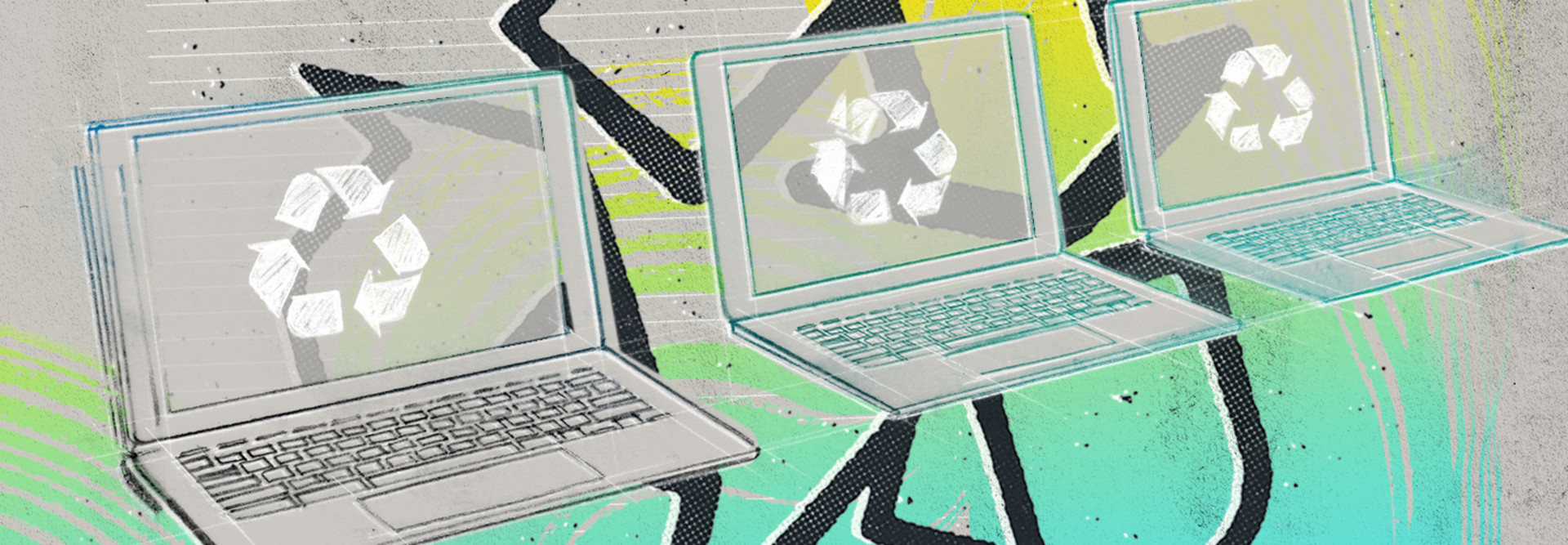There’s also cloud-based software that can extend device life. ChromeOS Flex allows IT teams to take any PC and turn it into a Chromebook. All the district needs is an operational device. Installing ChromeOS Flex is as simple as going onto a browser and downloading the application.
Once ChromeOS Flex is operational on a user’s device, that equipment can be added to the district’s Admin Console and managed like a Chromebook.
DIVE DEEPER: How can school IT teams efficiently manage Chromebooks?
Another cloud-based option for districts to consider is itopia. This scalable platform allows IT admins to run programs such as CAD and Adobe — which typically require more device horsepower — on less robust devices. With itopia, districts don’t need to invest in top-of-the-line hardware for STEM and other classes that use high-powered programs.
This not only creates breathing room in a district’s budget but also improves equity within the district. Installing itopia can give more students access to programs and skills that they might otherwise not have the opportunity to learn. Instead of having a select few devices with these programs, or a lab students can use for a limited time during the day, itopia gives students 24/7 access to these programs on any device.
Recycle Devices for Budget Returns and Environmental Benefits
Even if districts opt to extend a device’s lifecycle, there will come a time when the hardware no longer serves students’ needs. When it’s time to part ways with one-to-one devices, CTOs should make smart choices regarding device disposal.
Rather than throwing out hundreds or thousands of student devices, schools should look for a recycling partner such as RePower, an electronic hardware recycling company.
RePower will pay to ship devices back to its warehouse, then give IT leaders a value based on an audit of the equipment. Schools can choose to accept the offer from RePower, or they can get the devices back if they don’t agree with audit.
If schools choose to take the deal, they can use that money for future educational technology purchases.
EXPLORE: How to mature and optimize K–12 devices for long-term success.
RePower will also take care of wiping the devices’ memory and otherwise refurbishing the hardware for resale. IT leaders don’t need to worry about security liabilities because the device hard drives are fully cleared. Schools evaluating other partners for device recycling should be sure they are getting the same security benefits to ensure that staff and student data don’t fall into the wrong hands.
Schools can find guidance on all stages of the device lifecycle through CDW. There are funding specialists, strategists, modernization specialists and other resources to help IT professionals move through the process of managing and maintaining their devices.
This article is part of the “ConnectIT: Bridging the Gap Between Education and Technology” series.
![[title]Connect IT: Bridging the Gap Between Education and Technology](http://www.edtechmagazine.com/k12/sites/default/files/articles/2014/05/connectit.jpg)









![[title]Connect IT: Bridging the Gap Between Education and Technology](http://www.edtechmagazine.com/k12/sites/default/files/articles/2014/05/connectit.jpg)




